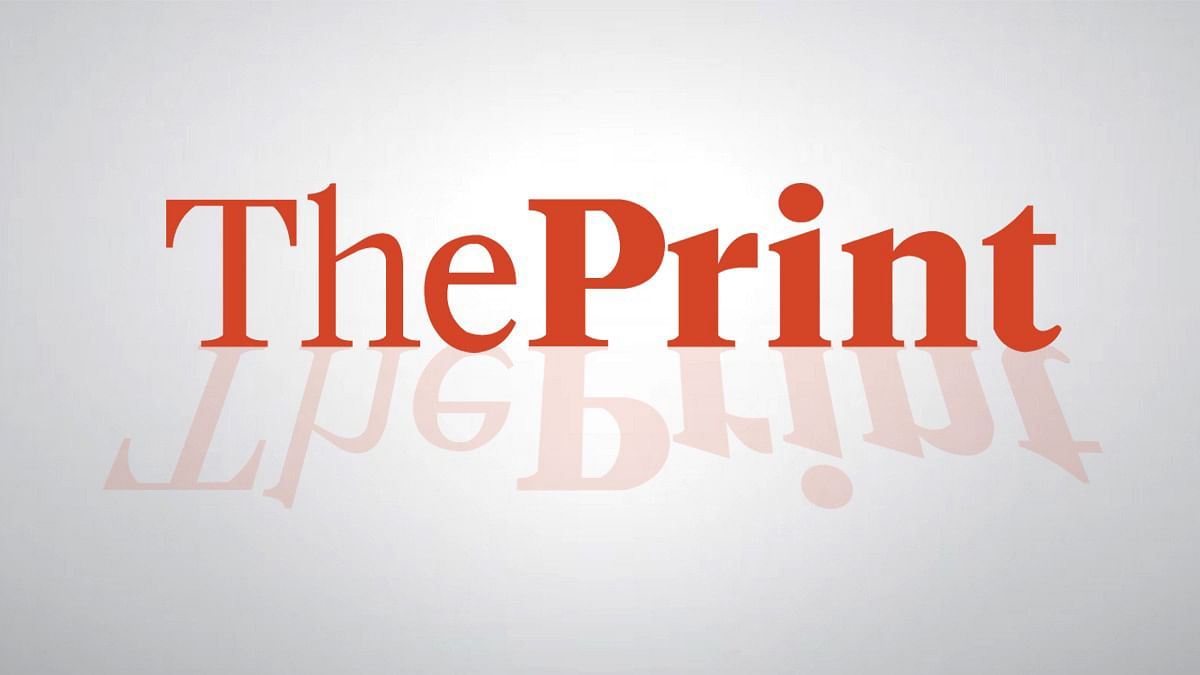By Siyi Liu
SINGAPORE (Reuters) – Oil prices rose marginally on Thursday as geopolitical concerns over escalating tensions between Russia and Ukraine countered the impact from a bigger-than-expected increase in U.S. crude inventories.
Brent crude futures rose 16 cents, or 0.2%, to $72.97 as of 0408 GMT. U.S. West Texas Intermediate crude futures rose 16 cents, or 0.23%, to $68.91.
Ukraine fired a volley of British Storm Shadow cruise missiles into Russia on Wednesday, the latest new Western weapon it has been permitted to use on Russian targets a day after it fired U.S. ATACMS missiles.
Moscow has said the use of Western weapons to strike Russian territory far from the border would be a major escalation in the conflict. Kyiv says it needs the capability to defend itself by hitting Russian rear bases used to support Moscow’s invasion, which entered its 1,000th day this week.
“For oil, the risk is if Ukraine targets Russian energy infrastructure, while the other risk is uncertainty over how Russia responds to these attacks,” said ING analysts in a note.
JPMorgan analysts said oil consumption recovered in the past week thanks to better travel demand in the U.S. and India, and as the latter also showed a significant rise in industrial demand.
Global oil demand is estimated to reach 103.6 million barrels per day (bpd) during the first 19 days of November, up 1.7 million bpd on-year, the analysts said in a note.
But countering the gains was a rise in U.S. crude inventories by 545,000 barrels to 430.3 million barrels in the week ended Nov. 15, exceeding analysts’ expectations in a Reuters poll for a 138,000-barrel rise.
Gasoline inventories last week rose more than forecast, while distillate stockpiles posted a larger-than-expected draw, according to the Energy Information Administration data.
Adding to supply, Norway’s Equinor said it had restored full output capacity at the Johan Sverdrup oilfield in the North Sea following a power outage.
Meanwhile, the Organization of the Petroleum Exporting Countries and its allies led by Russia, the group known as OPEC+, may push back output increases again when it meets on Dec. 1 due to weak global oil demand, according to three OPEC+ sources familiar with the discussions.
OPEC+, which pumps around half the world’s oil, had initially planned to gradually reverse production cuts with minor increases spread over several months in 2024 and 2025.
However, the International Energy Agency (IEA) said in its report last week even if OPEC+ cuts remain in place, oil supply will exceed demand in 2025 as rising production from the United States and other outside producers outpaces sluggish demand.
(Reporting by Siyi Liu in Singapore; additional reporting by Arathy Somasekhar in Houston; Editing by Jacqueline Wong and Lincoln Feast.)
Disclaimer: This report is auto generated from the Reuters news service. ThePrint holds no responsibilty for its content.

